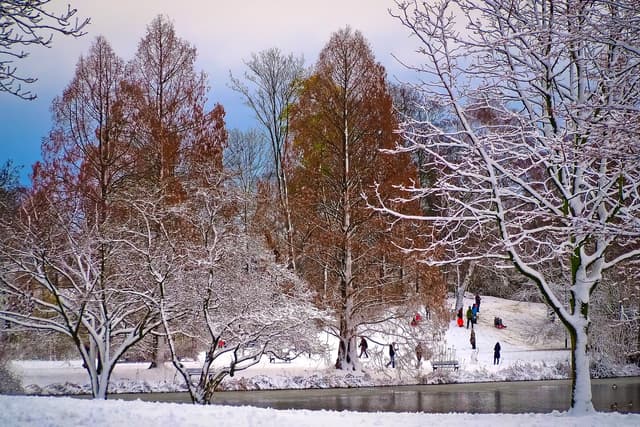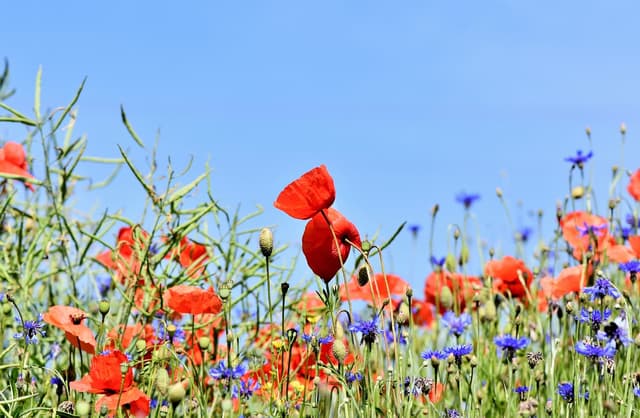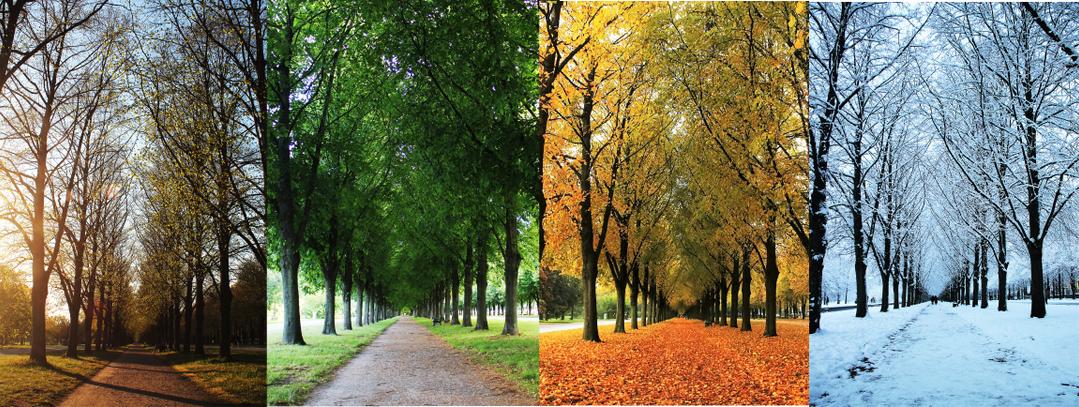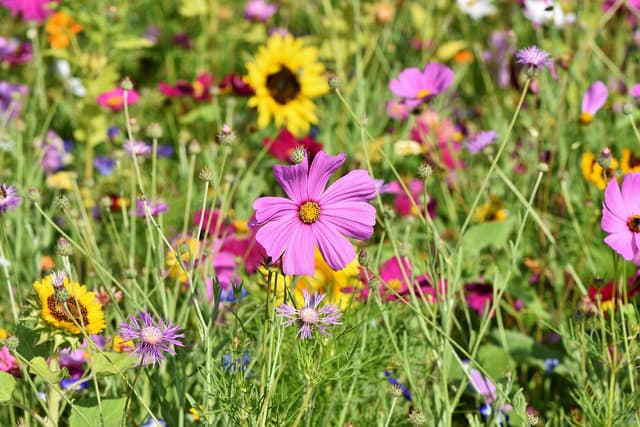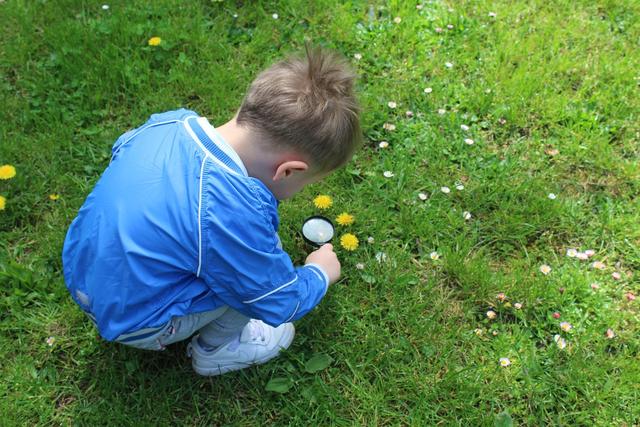Signs of summer
I can describe changes in summer.
These resources will be removed by end of Summer Term 2025.
Lesson details
Key learning points
- There are twelve months in one year.
- The four seasons are winter, spring, summer and autumn.
- The season of summer occurs in June, July and August.
- The summer is often full of bright colours, plants and trees are giving fruits, and flowers are blooming.
- Changes in summer can be described using observational skills.
Keywords
Season - Seasons are periods of similar weather. In the UK there are four seasons (spring, summer, autumn and winter).
Summer - Summer is the hottest season of the year. Summer is the season after spring and before autumn.
Change - If something changes it does not stay the same.
Flowers - A flower is the part of a plant that makes it able to make more flowers.
Observe - To observe is to look very closely and use other senses too.
Common misconception
Pupils may associate different seasons with activities, rather than physical characteristics like the weather.
Explanation of changes in nature that occur during summer.
To help you plan your year 1 science lesson on: Signs of summer, download all teaching resources for free and adapt to suit your pupils' needs...
To help you plan your year 1 science lesson on: Signs of summer, download all teaching resources for free and adapt to suit your pupils' needs.
The starter quiz will activate and check your pupils' prior knowledge, with versions available both with and without answers in PDF format.
We use learning cycles to break down learning into key concepts or ideas linked to the learning outcome. Each learning cycle features explanations with checks for understanding and practice tasks with feedback. All of this is found in our slide decks, ready for you to download and edit. The practice tasks are also available as printable worksheets and some lessons have additional materials with extra material you might need for teaching the lesson.
The assessment exit quiz will test your pupils' understanding of the key learning points.
Our video is a tool for planning, showing how other teachers might teach the lesson, offering helpful tips, modelled explanations and inspiration for your own delivery in the classroom. Plus, you can set it as homework or revision for pupils and keep their learning on track by sharing an online pupil version of this lesson.
Explore more key stage 1 science lessons from the Seasonal changes: spring and summer unit, dive into the full secondary science curriculum, or learn more about lesson planning.

Equipment
Magnifying glasses (optional).
Content guidance
- Exploration of objects
Supervision
Adult supervision recommended
Licence
Starter quiz
6 Questions
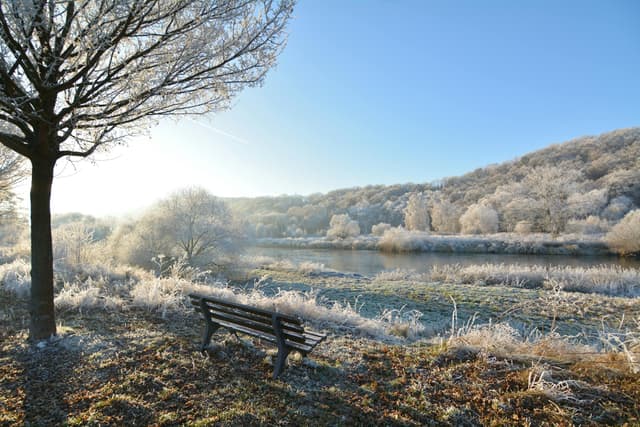
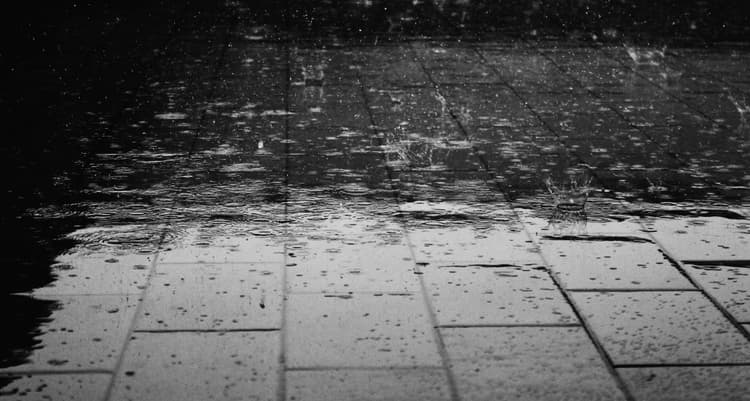
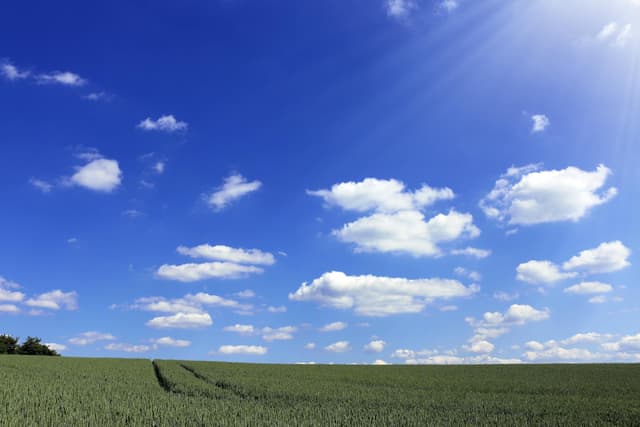

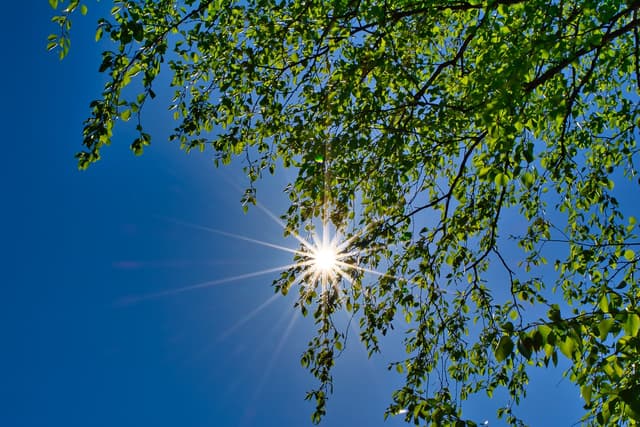

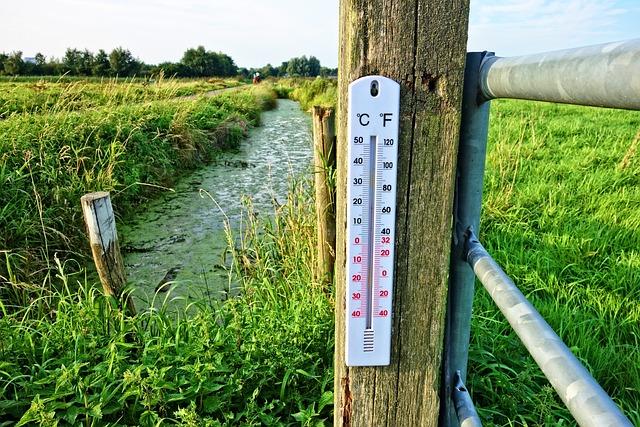



Exit quiz
6 Questions
